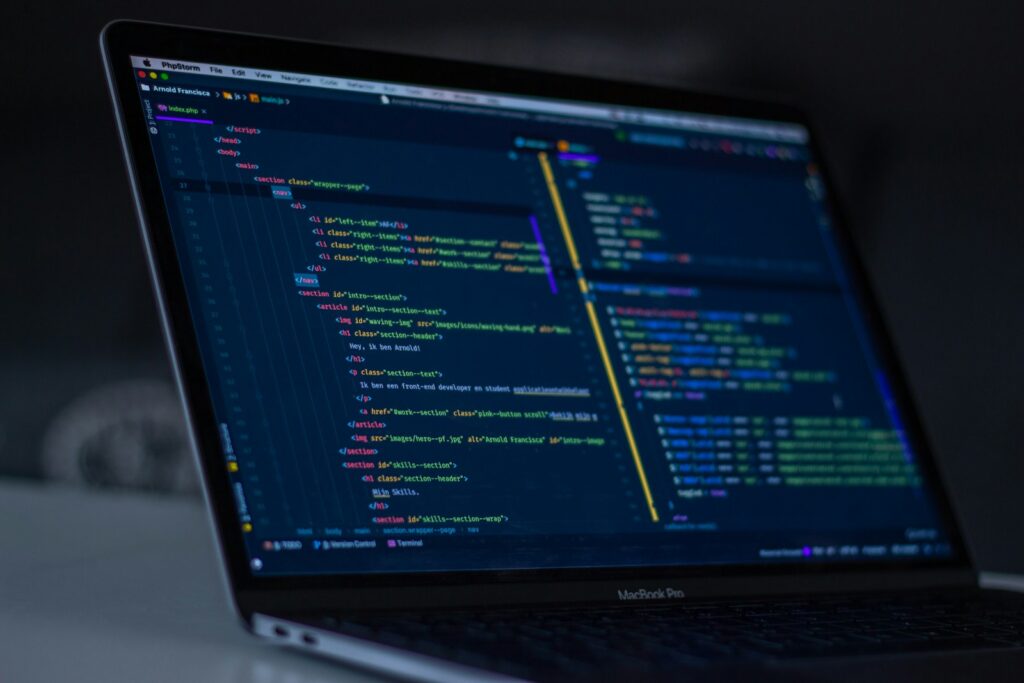Mastering data analysis is crucial in today’s data-driven world, and knowing Pandas is essential for any aspiring data scientist or analyst. Pandas is a powerful Python library that simplifies data manipulation and analysis, making it a critical skill for professionals in the field. Understanding common Pandas interview questions can give you an edge in job interviews, ensuring you can demonstrate your proficiency effectively. This article will delve into key Pandas interview questions and provide you with detailed answers and preparation tips.
What are Pandas?
Pandas is an open-source data manipulation and analysis library for Python. It provides data structures like DataFrame and Series, which facilitate handling and processing structured data efficiently. Pandas is widely used in data science, finance, economics, and many other fields where data analysis is crucial.
Most Common Pandas Interview Questions

What is a DataFrame in Pandas?
A DataFrame is a two-dimensional, size-mutable, and potentially heterogeneous tabular data structure with labeled axes (rows and columns). It is similar to a table in a database or an Excel spreadsheet. DataFrames are a key feature of Pandas and allow for easy manipulation, aggregation, and visualization of data.
Example: “A DataFrame is a table-like data structure in Pandas that allows you to store and manipulate heterogeneous data in a two-dimensional format. It supports operations like filtering, grouping, and joining, making data analysis straightforward and efficient.”
How do you handle missing data in Pandas?
Missing data in Pandas can be handled using functions like isnull(), notnull(), dropna(), and fillna(). dropna() removes missing values, while fillna() replaces them with specified values. Proper handling of missing data is essential to maintain the integrity of the dataset and ensure accurate analysis.
Example: “To handle missing data, you can use dropna() to remove rows or columns with missing values or fillna() to replace them with a specified value, like the mean or median. These functions help maintain the dataset’s integrity and ensure accurate analysis.”
What are the different ways to merge DataFrames in Pandas?
Pandas provides several functions for merging DataFrames: merge(), join(), and concat(). merge() is used for database-style joins, join() is used to combine DataFrames based on their indices, and concat() is used to concatenate DataFrames along a particular axis. These functions facilitate the combination of data from multiple sources.
Example: “Pandas offers merge() for database-style joins, join() for merging based on index, and concat() for concatenating DataFrames along an axis. These methods allow you to combine data from multiple DataFrames seamlessly.”
How can you group data in a DataFrame?
Grouping data in a DataFrame can be achieved using the groupby() function. This function splits the data into groups based on some criteria, applies a function to each group, and combines the results. It is useful for performing aggregate operations, like summing or averaging data within groups.
Example: “The groupby() function in Pandas is used to split data into groups based on some criteria, apply a function to each group, and combine the results. This is useful for aggregating data, such as calculating the sum or average within groups.”
What is the purpose of the apply() function in Pandas?
The apply() function is used to apply a function along the axis of the DataFrame or Series. It allows for more complex operations than those provided by built-in functions, enabling custom data transformations. This function is powerful for performing element-wise operations or aggregating data in custom ways.
Example: “The apply() function in Pandas allows you to apply a function along the DataFrame’s axis, enabling custom data transformations. It is useful for performing complex element-wise operations or custom aggregations.”
How do you create a DataFrame from a dictionary in Pandas?
A DataFrame can be created from a dictionary using the pd.DataFrame() constructor. The keys of the dictionary become the column names, and the values become the column data. This method is convenient for creating DataFrames from structured data stored in dictionaries.
Example: “To create a DataFrame from a dictionary, you can use the pd.DataFrame() constructor. The dictionary keys become the column names, and the values become the data for those columns.”
What are the main data structures in Pandas?
The main data structures in Pandas are Series and DataFrame. A Series is a one-dimensional labeled array capable of holding any data type, while a DataFrame is a two-dimensional labeled data structure with columns of potentially different types. These structures are fundamental to data manipulation and analysis in Pandas.
Example: “The primary data structures in Pandas are Series and DataFrame. A Series is a one-dimensional labeled array, and a DataFrame is a two-dimensional table-like structure with labeled axes.”
How do you read data into a Pandas DataFrame?
Data can be read into a Pandas DataFrame using functions like read_csv(), read_excel(), read_sql(), and others. These functions support various data formats and sources, including CSV files, Excel spreadsheets, SQL databases, and more. They are essential for importing data into Pandas for analysis.
Example: “To read data into a Pandas DataFrame, you can use functions like read_csv(), read_excel(), and read_sql(). These functions allow you to import data from various sources, including CSV files, Excel spreadsheets, and SQL databases.”
How do you filter rows in a DataFrame based on a condition?
Rows in a DataFrame can be filtered based on a condition using Boolean indexing. By applying a condition to a DataFrame, you create a Boolean Series that can be used to index the DataFrame and select the rows that meet the condition. This technique is useful for extracting subsets of data based on specific criteria.
Example: “You can filter rows in a DataFrame using Boolean indexing. By applying a condition, you create a Boolean Series that selects rows meeting the criteria, allowing you to extract subsets of data.”
What is the difference between loc and iloc in Pandas?
loc and iloc are used for indexing and selecting data in a DataFrame. loc is label-based, allowing you to select data by row and column labels, while iloc is integer-location based, allowing you to select data by row and column positions. These methods provide flexible ways to access data in a DataFrame.
Example: “The loc method is label-based, used for selecting data by row and column labels, whereas iloc is integer-location based, used for selecting data by row and column positions. These methods offer flexible data access in a DataFrame.”
How to Get Prepared for Pandas Interview Questions

Understand the Basics
Start by mastering the basic concepts and functions of Pandas, such as creating DataFrames, handling missing data, and basic indexing. Familiarize yourself with the primary data structures, Series and DataFrame, and their common operations. A solid understanding of these fundamentals is essential for answering interview questions confidently.
Practice Common Operations
Regularly practice common data manipulation tasks, such as merging, grouping, and filtering data. Use real-world datasets to perform these operations to build practical experience. Practicing these tasks will help you become proficient and quick in using Pandas, which is critical for performing well in interviews.
Work on Projects
Engage in data analysis projects that require extensive use of Pandas. Projects such as data cleaning, exploratory data analysis, and building data pipelines will provide hands-on experience. This practical application of Pandas will deepen your understanding and showcase your skills to potential employers.
Review Documentation and Tutorials
Regularly review the official Pandas documentation and other high-quality tutorials to stay updated with new features and best practices. Understanding the latest enhancements and recommended techniques will give you an edge. Staying informed about updates ensures you can leverage the full capabilities of Pandas in your work.
Solve Real-World Problems
Apply your Pandas skills to solve real-world problems, such as analyzing business data or scientific research. Tackling real-world problems will help you understand the practical applications of Pandas and improve your problem-solving abilities. This experience is valuable for demonstrating your expertise during interviews.
Special Focus Section: Different Angle on Pandas Interview Questions
Highlighting Performance Optimization Techniques
Performance optimization is a critical factor often overlooked in Pandas interviews. Techniques such as vectorization, using efficient data types, and avoiding loops can significantly enhance the performance of your Pandas code. Here are some key points to consider:
- Vectorization: Leverage Pandas and NumPy vectorized operations to perform calculations more efficiently.
-
Efficient Data Types: Use appropriate data types, like
categoricalfor strings, to save memory and speed up computations. - Avoiding Loops: Replace explicit loops with Pandas built-in functions to reduce execution time.
Applying these optimization techniques can make your Pandas code more efficient and demonstrate your advanced understanding of the library.
Conclusion
Understanding Pandas interview questions and preparing effectively is crucial for success in data-related roles. By mastering the basics, practicing regularly, and working on real-world projects, you can enhance your Pandas skills and confidence. Remember, thorough preparation and staying updated with the latest features will set you apart in interviews. Keep practicing, stay curious, and you’ll be well-equipped to tackle any Pandas-related question that comes your way.



